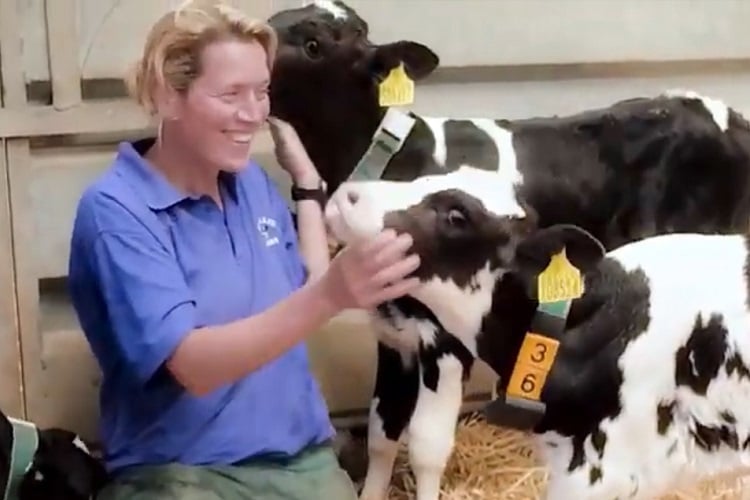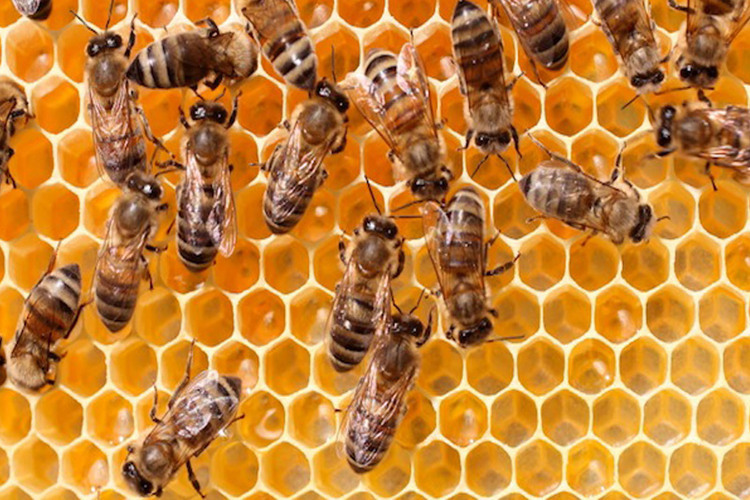
A LifeStart feeding schedule alters serum metabolomic profiles and hepatic function in calves
- LifeStart

What's the link between enhanced calf nutrition, higher milk output and honeybees? If you said DNA methylation then you are no doubt a confirmed epigeneticist! As for the rest of us, to better understand the relationship let's start with a look at bee differentiation within the hive. All-female bee larvae contain the same DNA—in fact, they are genetic clones—and yet there is significant differentiation between the queen and worker bees. Because both castes are exclusively female, (the reproducing males are called drones), this difference is not accounted for by sex. So, how can two clones become different? The answer is found in epigenetics.
While two organisms may be genetically identical, the way the genes are expressed allows for very large differences. Epigenetics describes the mechanisms by which individual genes are either expressed or inhibited. It is as though each gene is associated with a dimmer switch that can either attenuate or amplify its importance, (i.e. its impact on the phenotype), according to changes in the organism's external and internal environment. For queen bees, the transformational environmental changes are linked to the ingestion of royal jelly.
Royal jelly is composed of 67% water, 12.5% crude protein including a variety of amino acids, 11% simple sugars and 5% fatty acids. It also contains multiple trace minerals, enzymes and vitamins. All larvae are fed royal jelly for the first three days, however the queen feasts on it for a lifetime – and in great quantities. But the catalyst behind queen differentiation is a specific component of the protein called 57-kDa, better known as Royalactin. Royalactin increases body size and ovary development and shortens the developmental time in honeybees. The difference between queen and worker castes is one of the most striking examples found in the nature of phenotypic polymorphism due to epigenetic factors.
Queen |
Workers |
| Fed royal jelly during lifetime (food quantities = 10x more than workers) | Fed royal jelly for 3 days, then downgraded mixture of pollen and honey |
| Rapid growth: 200mg final weight | 100 mg final weight |
| Lifetime = 3 years | Lifetime = 1 month |
| Maturation of reproductive organs (up to 2000 eggs per day) | Rudimentary, inactive ovaries |